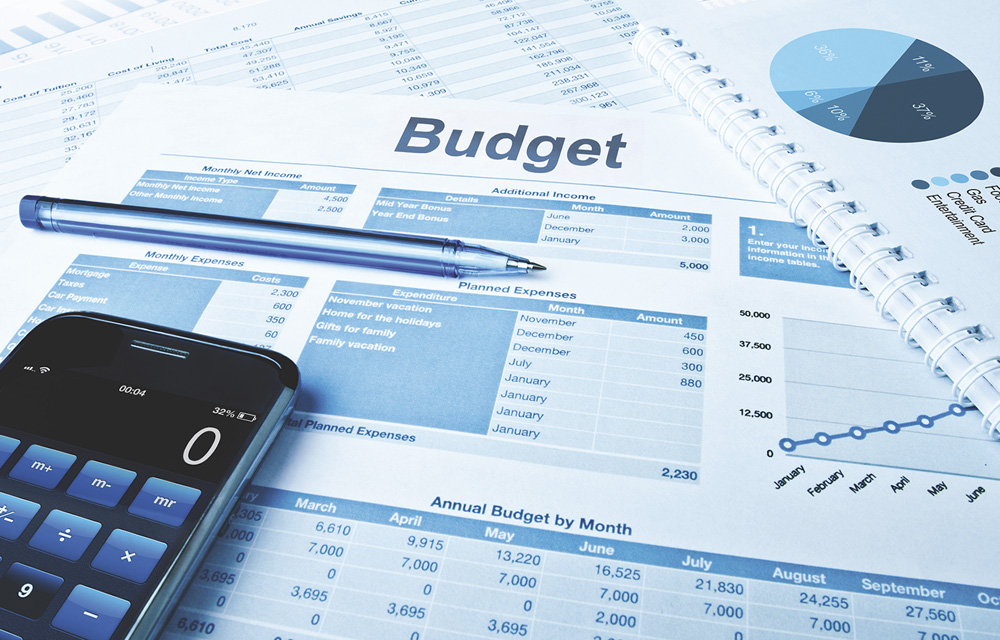The government of Alberta is sticking to the fiscal plan, getting more Albertans back to work, and building the health system capacity in the 2022 budget.
“After many challenging years of economic and pandemic hardship, Alberta is moving forward once again. The government’s focused, responsible fiscal management and relentless pursuit of economic growth have put the province on a more sustainable fiscal trajectory. We are now able to present a balanced budget while expanding healthcare capacity and helping Albertans develop their skills and find jobs. Budget 2022 will help Alberta move forward into a very hopeful and prosperous future,” president of treasury board and minister of finance Travis Toews said in a media release.
The province’s health care system operating expense budget is growing by $600 million this year, in addition to an investment from the province of $100 million over the next three years that will be allocated to prepare for future waves of COVID-19.
With the investment, additional intensive care unit beds will be added, and cover evolving pandemic-related costs.
“This means more hospital beds available when Albertans need them and reduced surgery wait times,” the release said.
In the budget, $600 million was allocated over the next three years to the Alberta at Work initiative to increase Albertan’s opportunities to build their skills, pursue passions, and support themselves.
An additional $47 million within three years will be used to support collegiate programs and school expansions.
Approximately 7,000 post-secondary seats will be added in computer science, information technology and data modelling, finance and financial technology, engineering, health care and aviation in the initiative. In addition, apprenticeship programs will be expanded giving Albertans proper training and education opportunities, the release said.
The initiative also seeks development, training, and employment programs.
The budget allocated $20 million to address employment barriers, such as training, literacy, and numeracy.
To address fiscal challenges caused by the pandemic, the government developed a guide to decision making which includes bringing per capita spending in line with other provinces, keeping net debt-to-gross domestic product (GDP) low and finding a path back to balance, the release said.
“Alberta is presenting a balanced budget for only the second time in more than a decade. Budget 2022 estimates show that Alberta is expected to fall within the projected per capita spending range of the three-province average in 2022-23,” the release said. “In 2018-19, Alberta’s operating expense was $48.4 billion and has only increased by only 0.4 per cent each year since.”
An estimated 24.5 per cent net debt-to-GDP ratio was estimated for 2021-22, it’s now forecast to be 18.3 per cent by the end of the fiscal year.
“Alberta has one of the lowest net debt-to-GDP ratios in the nation and the government’s responsible fiscal management will ensure the province keeps its position as a leader in Canada,” the release said. “This key anchor is on track to drop in future years, with an expected target of 14.8 per cent in 2024-25.”
In 2022-23, the province’s total revenue is estimated to be $62.6 billion, with revenue expected to grow in the following years to $63.1 billion for 2023-24. In 2022-23, corporate income tax revenue increased almost 21 per cent, to $4 billion.
The total expense in 2022-23 is $62.1 billion, $2.8 billion less than the forecast for 2021-22.
A surplus of $500 million is targeted for 2022-23 compared with the forecasted deficit of $3.2 billion for 2021-22.
In 2022, real GDP is expected to grow by 5.4 per cent, up from the 5.1 per cent growth forecast at mid-year.
“Alberta’s economy, as measured by real GDP, is expected to fully recover to 2014 levels this year,” the release said.









